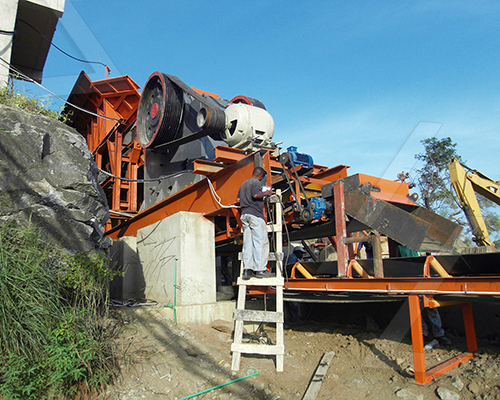Limestone is a crucial raw material in cement production, primarily because it provides calcium oxide (CaO), a key component in the chemical reactions that form cement clinker.
 Role of Limestone in Cement Manufacturing:
Role of Limestone in Cement Manufacturing:
1. Main Source of Calcium (CaO):
– Limestone (mostly calcium carbonate, CaCO₃) decomposes in the cement kiln at high temperatures (~1450°C) to form quicklime (CaO) and CO₂ (a process called *calcination*).
– The reaction:
\[
\text{CaCO}_3 \xrightarrow{\text{Heat}} \text{CaO} + \text{CO}_2
\]
2. Clinker Formation:
– The CaO reacts with silica (SiO₂), alumina (Al₂O₃), and iron oxide (Fe₂O₃) from other raw materials to form cement clinker minerals:
– Tricalcium silicate (C₃S) – Provides early strength.
– Dicalcium silicate (C₂S) – Contributes to long-term strength.
– Tricalcium aluminate (C₃A) – Affects setting time.
– Tetracalcium aluminoferrite (C₄AF) – Imparts color and influences hardening.
3. Type of Limestone Used:
– High-purity limestone (>90% CaCO₃) is preferred for Portland cement.
– Impurities like clay, silica, or magnesium can affect cement quality.
4. Alternative Uses in Cement:
– Some modern cements (Portland-limestone cement, PLC) blend finely ground limestone (~5-15%) with clinker to reduce CO₂ emissions while maintaining strength.
 Why Limestone?
Why Limestone?
– Abundant and cost-effective.
– Essential for the necessary chemistry of cement.
Would you like details on how limestone affects sustainability in cement production?





Leave a Reply